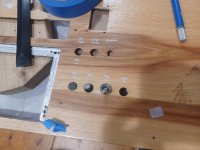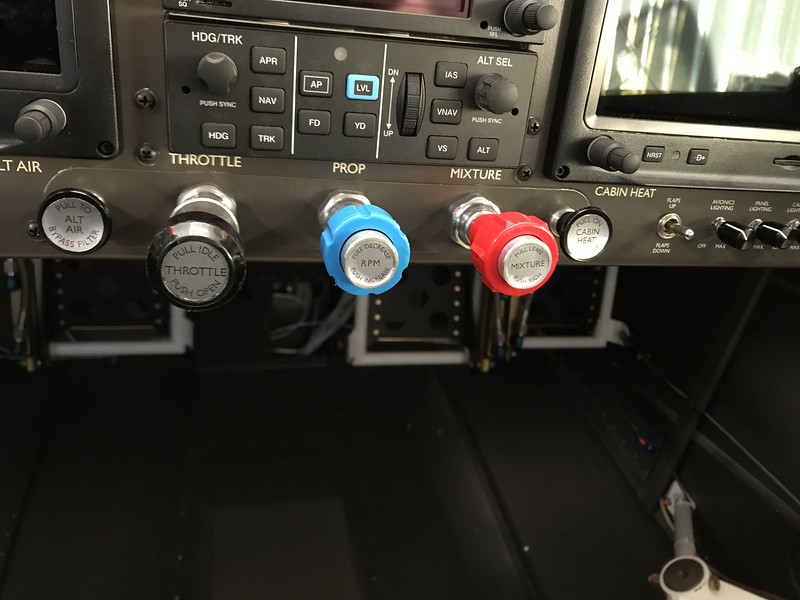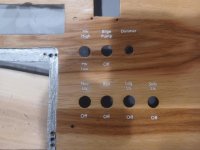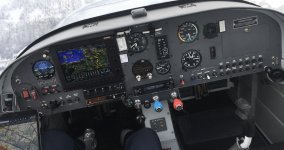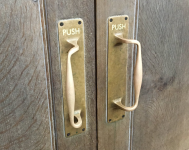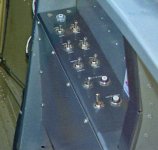Are switches required to have an "Off" label?
Might be urban legend, but I heard about a builder being denied a sign-off because they had labeled the switches for function, knew that Up was ON and Down was OFF, but the examiner made them go back and add OFF labels before they'd sign it off. Or, another instance, UP and DOWN for pitch trim.
Thoughts? TIA.
Might be urban legend, but I heard about a builder being denied a sign-off because they had labeled the switches for function, knew that Up was ON and Down was OFF, but the examiner made them go back and add OFF labels before they'd sign it off. Or, another instance, UP and DOWN for pitch trim.
Thoughts? TIA.
Attachments
Last edited:



